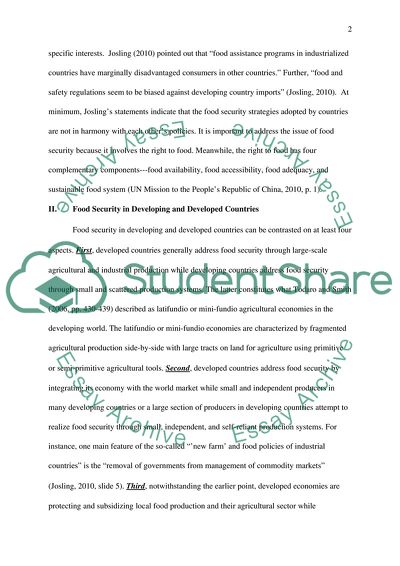Cite this document
(Food Security in the Developed and Developing Worlds Coursework, n.d.)
Food Security in the Developed and Developing Worlds Coursework. https://studentshare.org/social-science/1762776-compare-and-contrast-food-security-in-the-developed-and-the-developing-world-make-reference-to-specific-factors-which-impact-on-food-security-and-illustrate-your-answer-with-examples-from-both-developed-and-developing-regions
Food Security in the Developed and Developing Worlds Coursework. https://studentshare.org/social-science/1762776-compare-and-contrast-food-security-in-the-developed-and-the-developing-world-make-reference-to-specific-factors-which-impact-on-food-security-and-illustrate-your-answer-with-examples-from-both-developed-and-developing-regions
(Food Security in the Developed and Developing Worlds Coursework)
Food Security in the Developed and Developing Worlds Coursework. https://studentshare.org/social-science/1762776-compare-and-contrast-food-security-in-the-developed-and-the-developing-world-make-reference-to-specific-factors-which-impact-on-food-security-and-illustrate-your-answer-with-examples-from-both-developed-and-developing-regions.
Food Security in the Developed and Developing Worlds Coursework. https://studentshare.org/social-science/1762776-compare-and-contrast-food-security-in-the-developed-and-the-developing-world-make-reference-to-specific-factors-which-impact-on-food-security-and-illustrate-your-answer-with-examples-from-both-developed-and-developing-regions.
“Food Security in the Developed and Developing Worlds Coursework”. https://studentshare.org/social-science/1762776-compare-and-contrast-food-security-in-the-developed-and-the-developing-world-make-reference-to-specific-factors-which-impact-on-food-security-and-illustrate-your-answer-with-examples-from-both-developed-and-developing-regions.


